Black Girls Surf: Meet the African women defying stereotypes to ride waves
In Senegal the majority of woman are still restricted by traditional roles but as photographer Denisse Ariana Pérez discovered when she met founder and coach Rhonda Harper, Black Girls Surf is an important movement for change
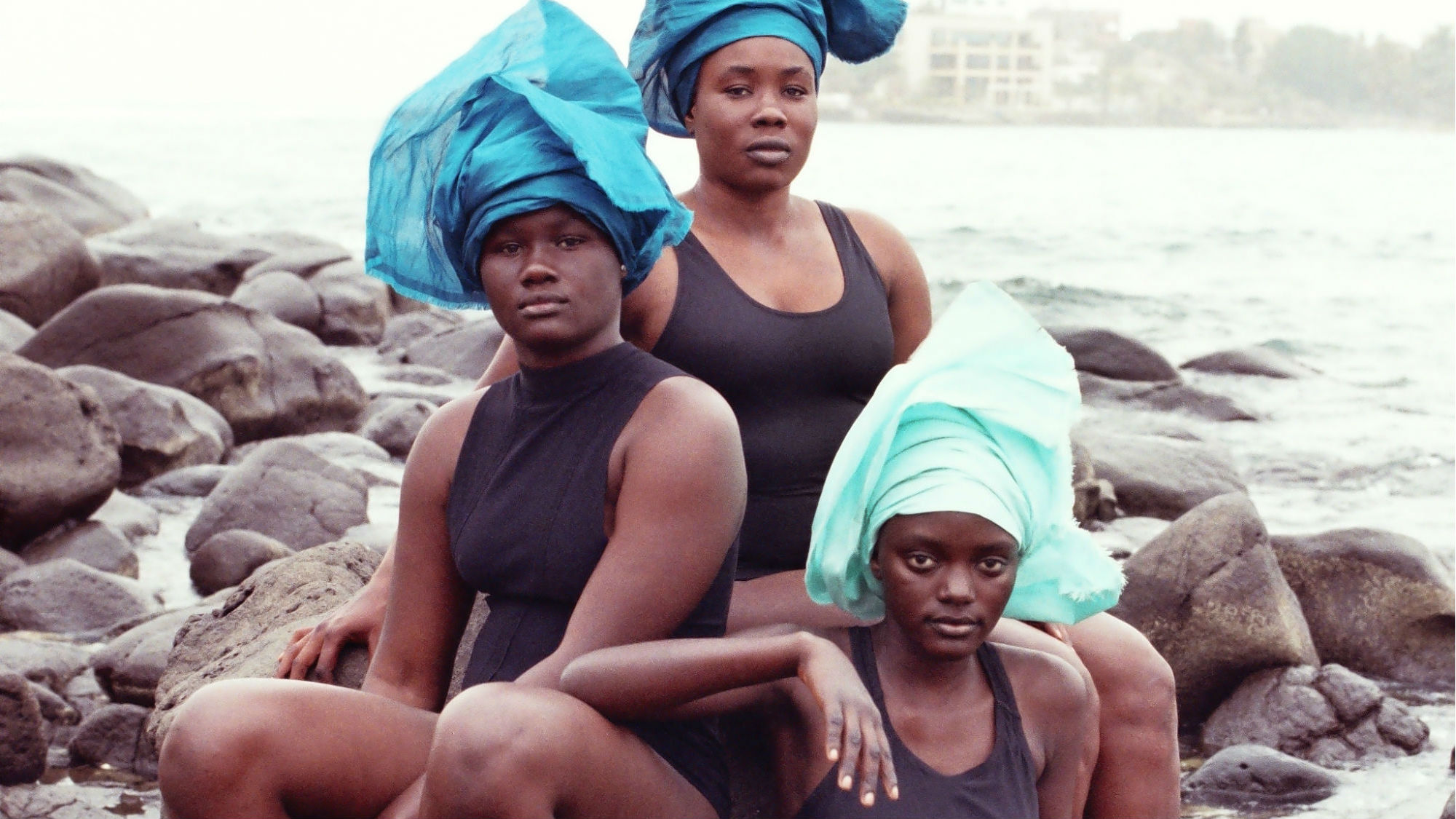
In Senegal the majority of woman are still restricted by traditional roles but as photographer Denisse Ariana Pérez discovered when she met founder and coach Rhonda Harper, Black Girls Surf is an important movement for change
Although women have the same legal rights as men in Senegal, the West African nation is still a deeply patriarchal society, where the burden of childcare and household duties falls onto the shoulders of women. And given the most recent figures nearly 40 per cent of Senegalese girls surveyed said they were married before their 18th birthday. This stat, coupled with a lack of education and illiteracy (many families send boys to school, while girls who do receive an education tend to drop out early) prevents women from advancing. And they are most definitely not encouraged to participate or compete in sport.
Stereotypically, surfing has been seen as a non-black sport, which compelled surfer Rhonda Harper to launch Black Girls Surf, in 2014. Harper, who used used to give surf lessons to foster children, was driven to start her organisation after seeing a lack of black surfers and black women in major competitions. Harper's organization now has a global presence including Senegal, Sierra Leone, Jamaica, and the States.
So when Caribbean-born, Copenhagen-based photographer Denisse Ariana Pérez travelled to Senegal and met with Harper, Pérez found a passionate advocate of change. 'Africa has been chosen as the next surfing destination worldwide, and indigenous Africans need to be prepared to compete,' says Harper. ‘Education is also a priority, and in order to be part of the Black Girls Surf programme all girls must be in school. My organisation has set up a fundraiser that's raised enough for all the participants to attend.’
Pérez focused her lens on three of Harper's pupils, one of Black Girls Surf poster girls, Khajdou Sambe, 24, - tipped to compete in the 2020 Olympics (the first time surfing will be part of the games) and trainees Ndeye, 12 and Aminata, 13.
Growing up by the shores of Ngor, in her hometown of Dakar, Sambe would watch from her bedroom window as her uncle, cousins and other men took to the sea to surf. Apart from the men, the only women Khadjou would see surfing were white. In that moment, she made it her goal to one day become a surfer, and not only stop at that, to represent her country in the international arena.
But like all trailblazers – and especially young women - ambitious goals do not come without hurdles. Khadjou was forced to stop surfing for nearly three years, due to heavy criticism and disapproval from her community and government, who described surfing a something 'only meant for boys'.
Marie Claire Newsletter
Celebrity news, beauty, fashion advice, and fascinating features, delivered straight to your inbox!
Today, she has returned to surfing with the full support of her family, and has inspired other young girls - like her cousin Ndeye - to ride waves. Here, Pérez takes us through a selection of her snaps of the Senegalese surfers...
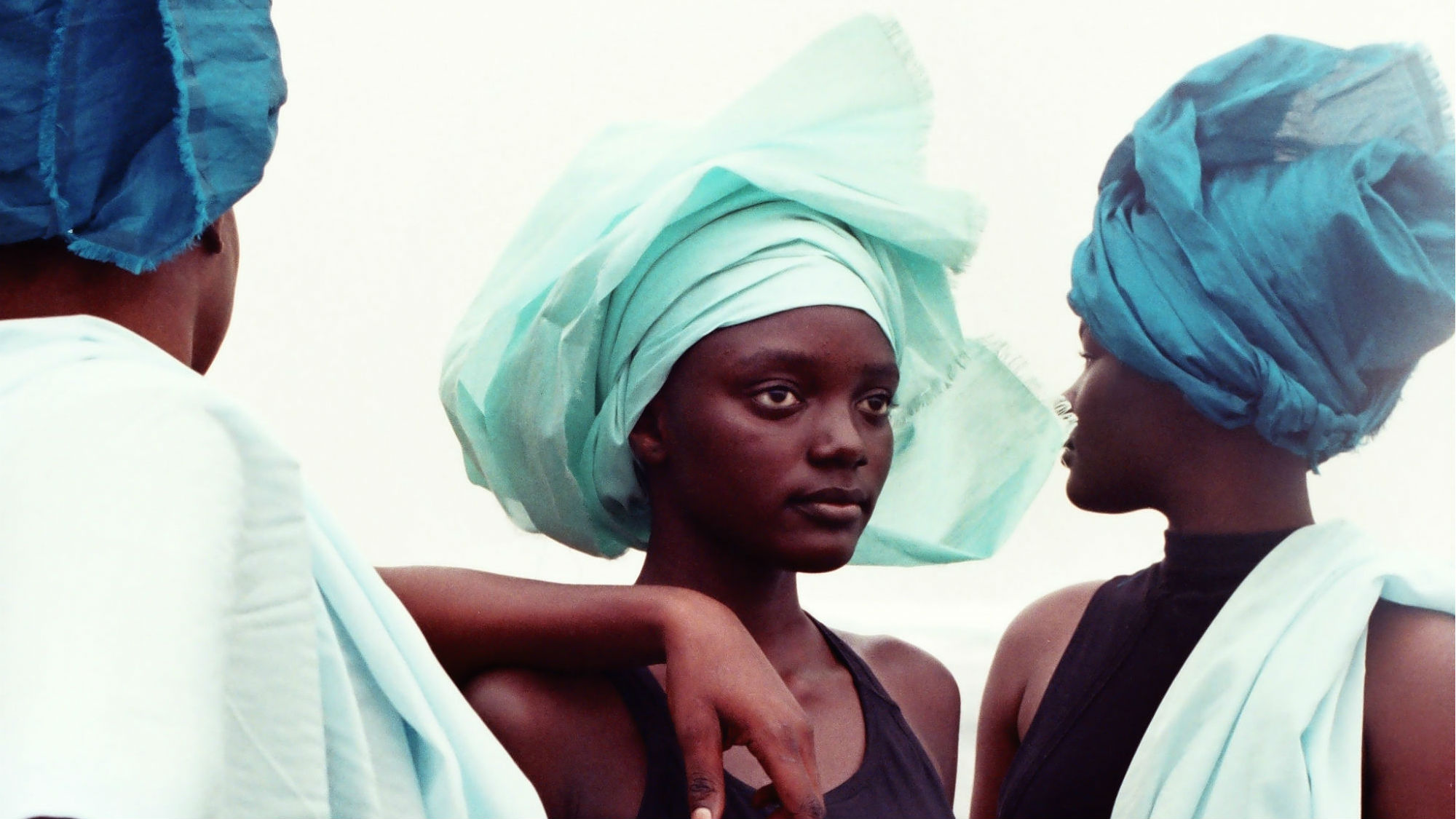
From left to right, Khadjou, Aminata and Ndeye pose against a sky of thick cloud, wearing black swimsuits with traditional head wraps, a visual reference to the contrast of their athleticism and androgyny and the traditional gender norms of Senegalese society.
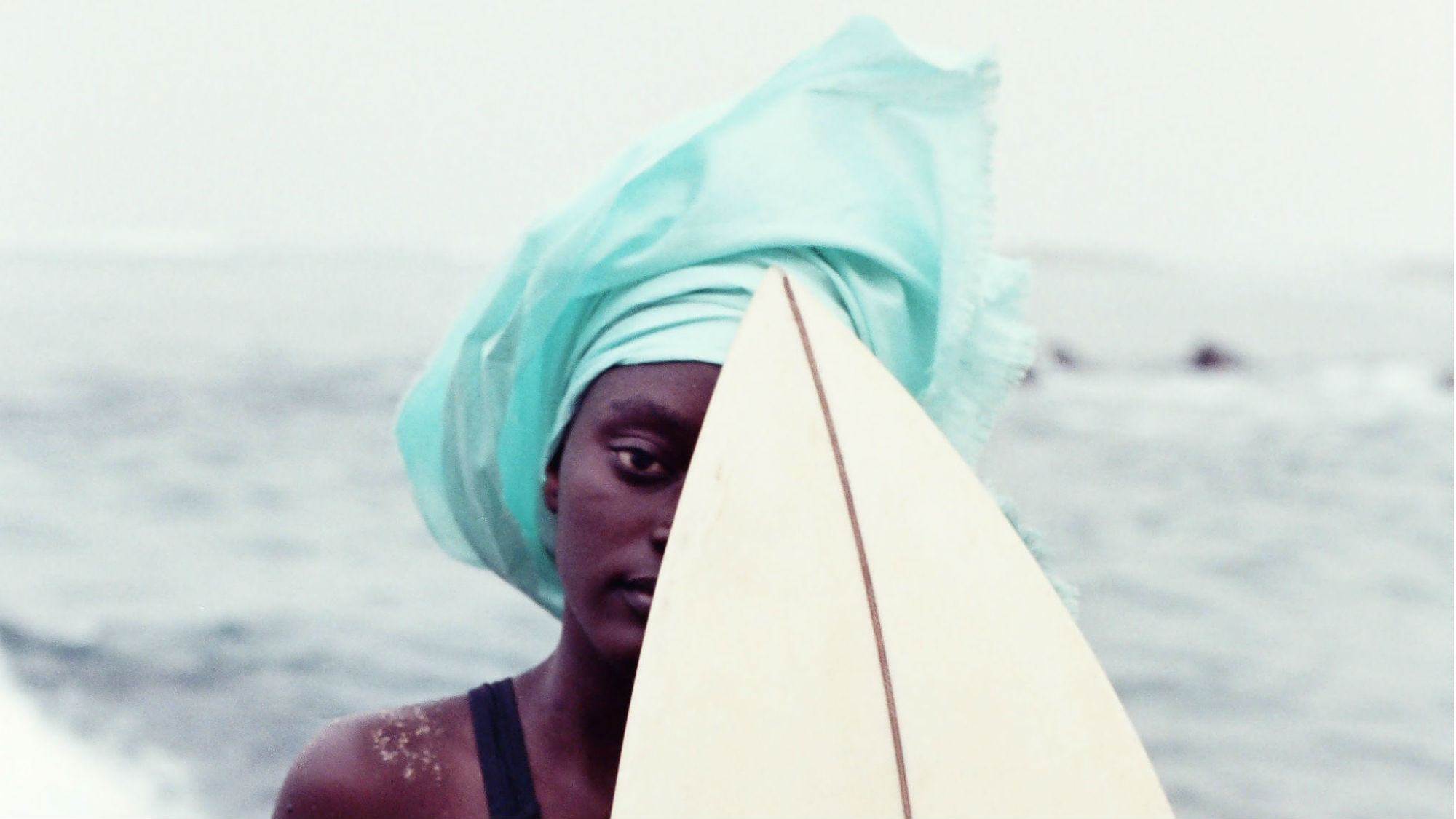
Denisse tells Marie Claire, 'I wanted to focus on capturing the girls rather then capturing them in action surfing, or the landscape, as I thought that would be too predictable.'
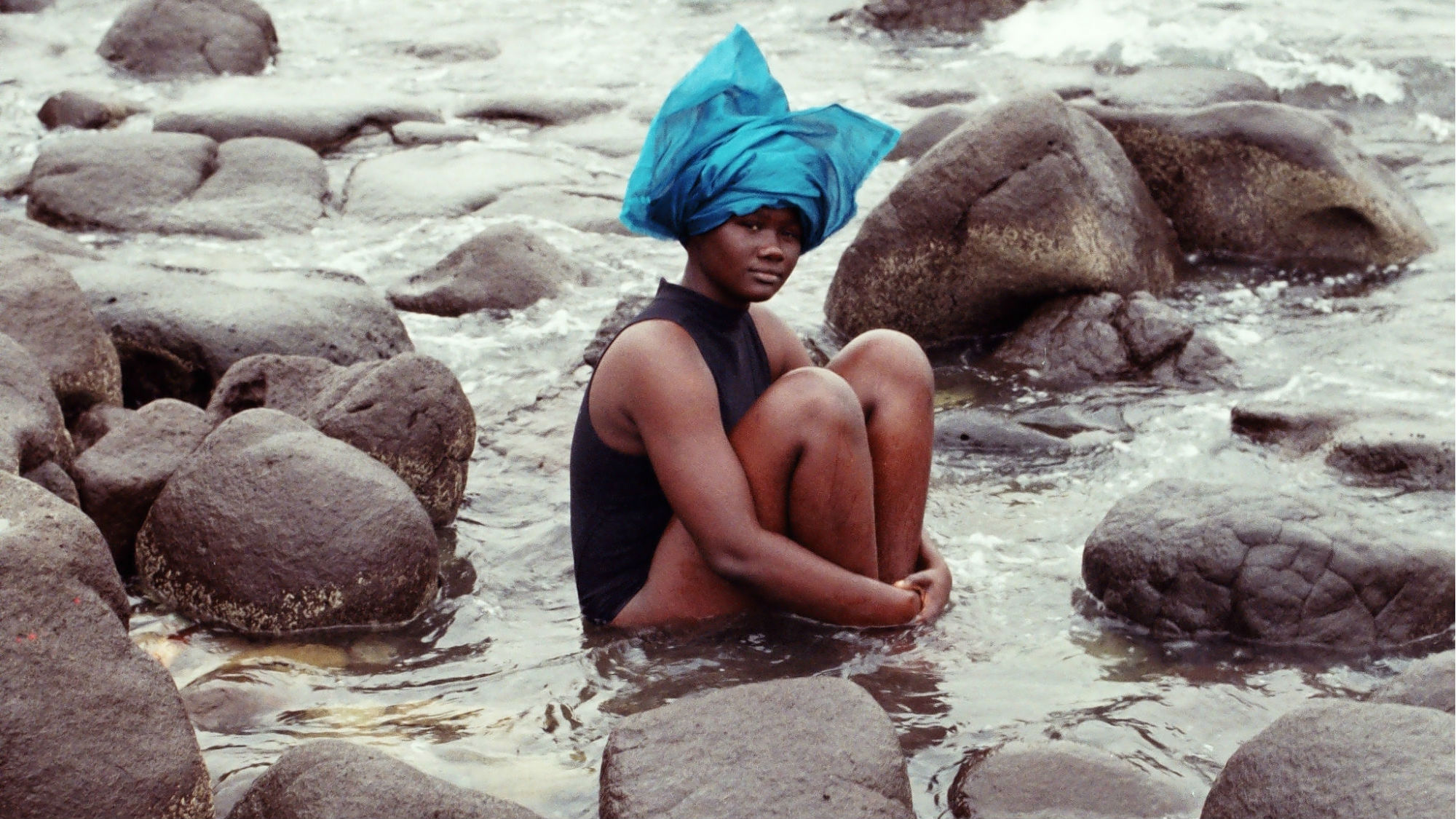
The idea of the images was to blend a part of Senegalese traditional femininity (the head wraps) with an element of modern defiance (young female athletes).

When Denisse asked what her first time on the board felt like, Khadjou described screaming from joy, because in that moment she realised that the sea felt like her second family and the waves and the board like her best friends, the loves of her life.
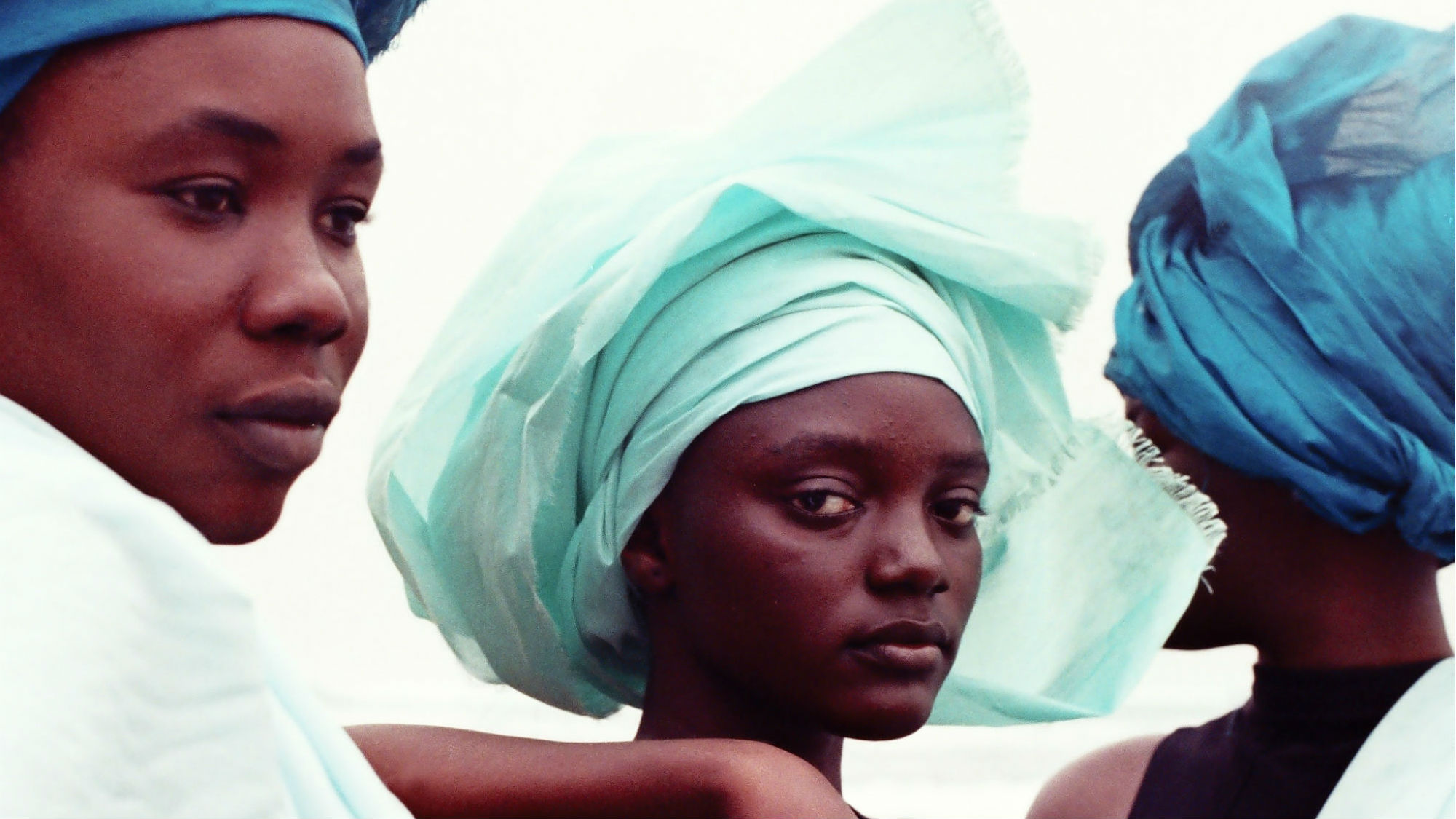
To support BGS and follow their journey, see Facebook (facebook.com/BlackGirlsSurf/) and Instagram (@blackgirlssurf)
Olivia – who rebranded as Liv a few years ago – is a freelance digital writer at Marie Claire UK. She recently swapped guaranteed sunshine and a tax-free salary in Dubai for London’s constant cloud and overpriced public transport. During her time in the Middle East, Olivia worked for international titles including Cosmopolitan, HELLO! and Grazia. She transitioned from celebrity weekly magazine new! in London, where she worked as the publication’s Fitness & Food editor. Unsurprisingly, she likes fitness and food, and also enjoys hoarding beauty products and recycling.
-
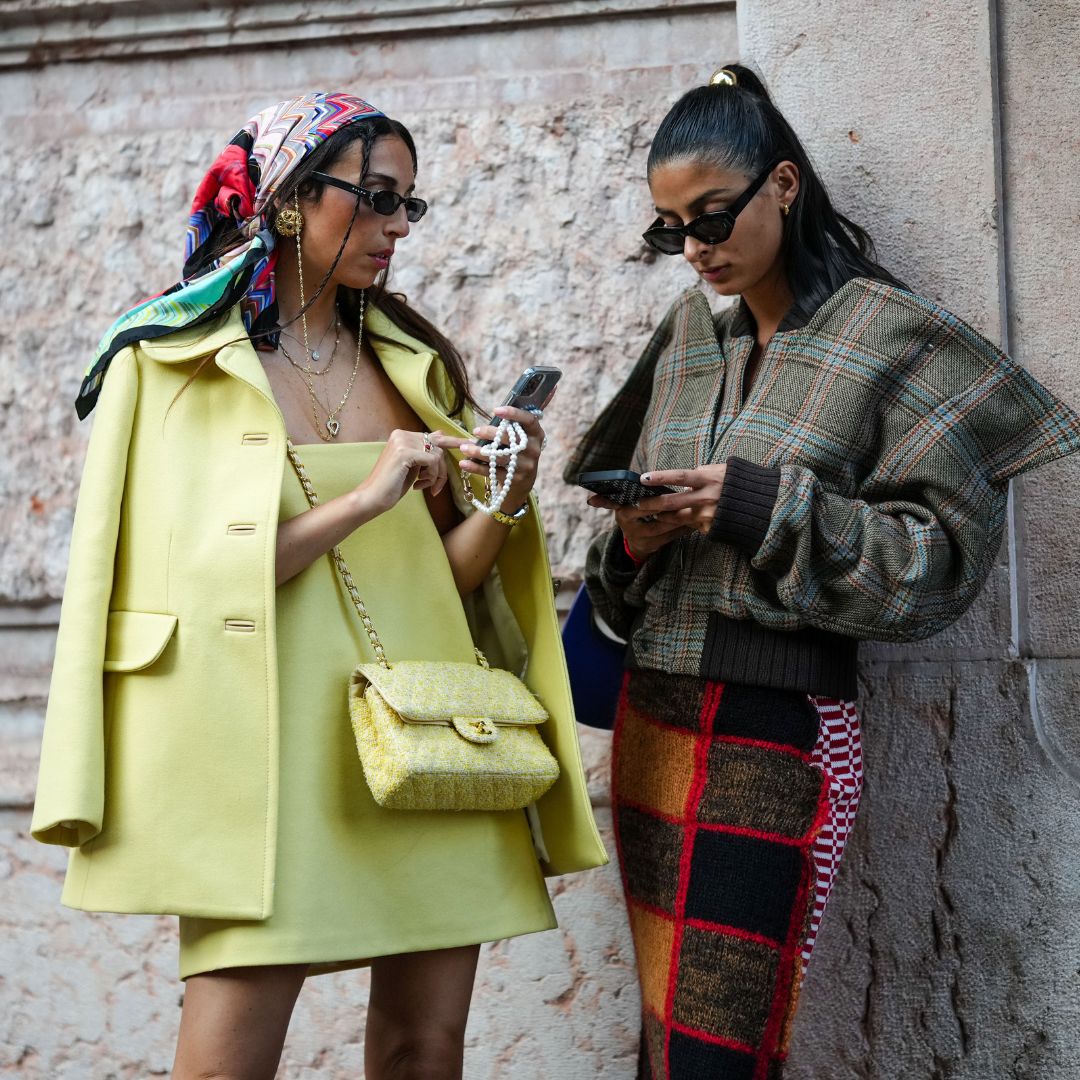 Mytheresa is having a secret sale right now and these are the 11 cult items I'm eyeing
Mytheresa is having a secret sale right now and these are the 11 cult items I'm eyeingIncluding the designer bag that was everywhere at Milan Fashion Week
By Clementina Jackson
-
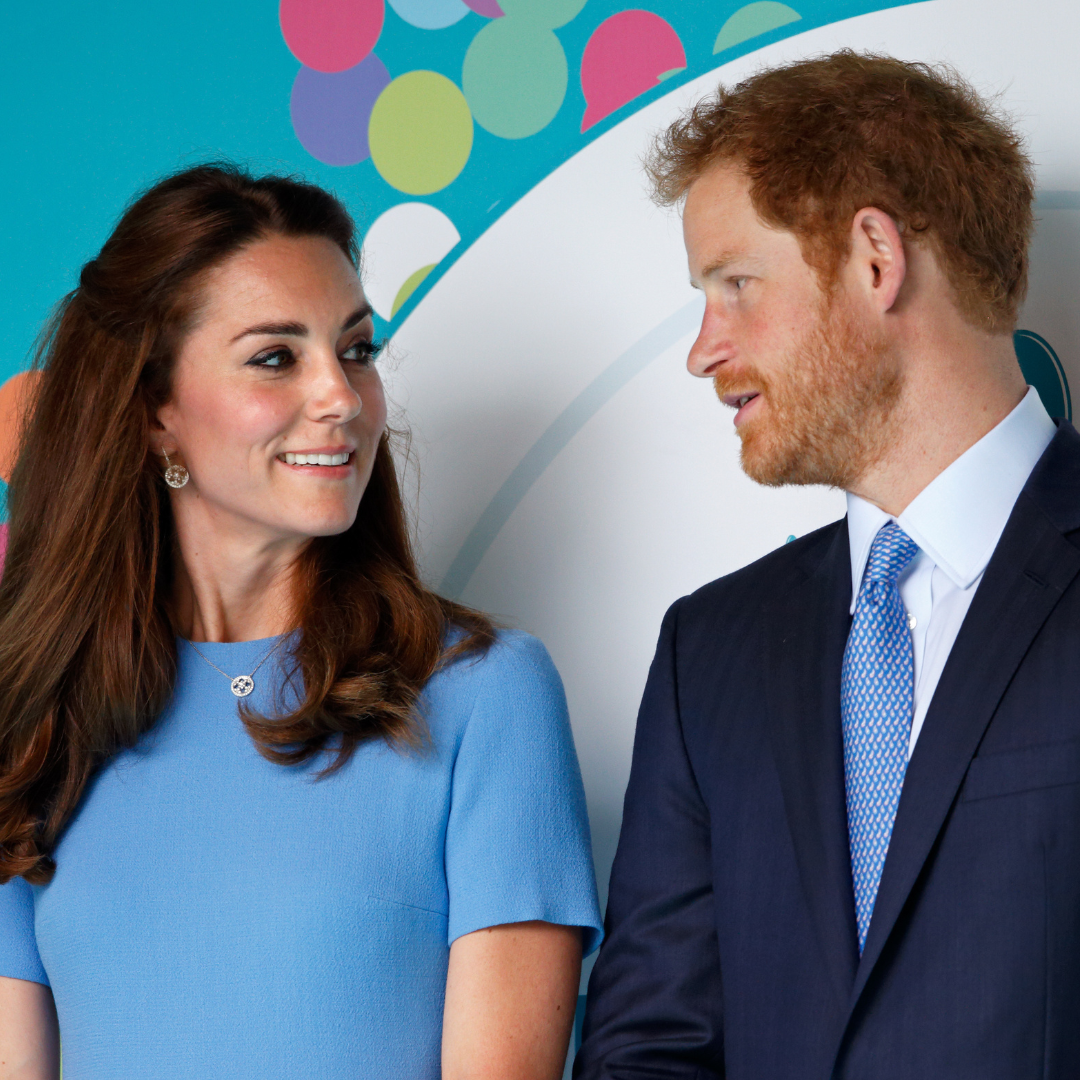 Prince Harry reportedly extended an 'olive branch' to Kate and William on latest UK trip
Prince Harry reportedly extended an 'olive branch' to Kate and William on latest UK tripBig if true
By Iris Goldsztajn
-
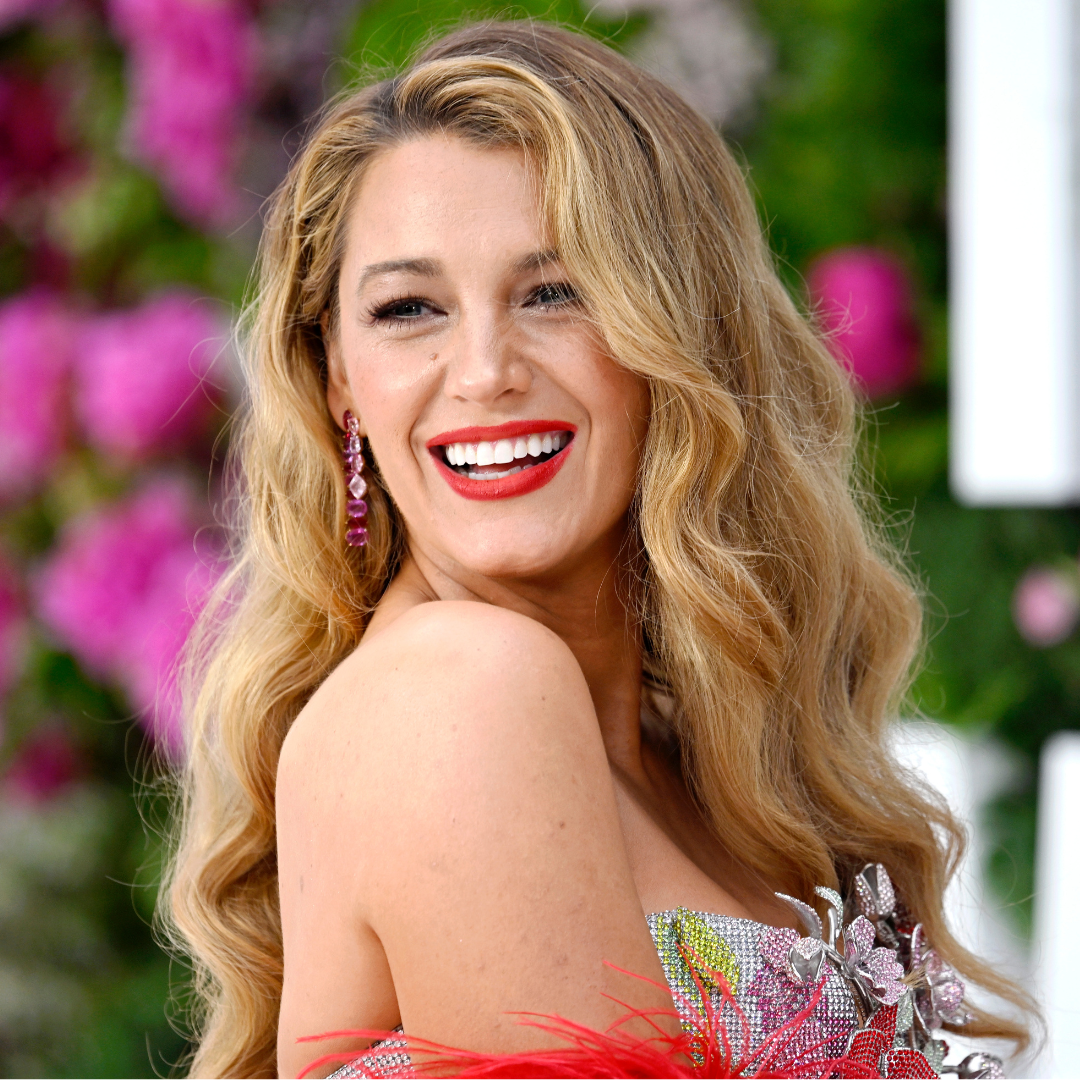 How Prime Video is protecting Blake Lively amid her new movie promo
How Prime Video is protecting Blake Lively amid her new movie promoAn understandable move
By Iris Goldsztajn
-
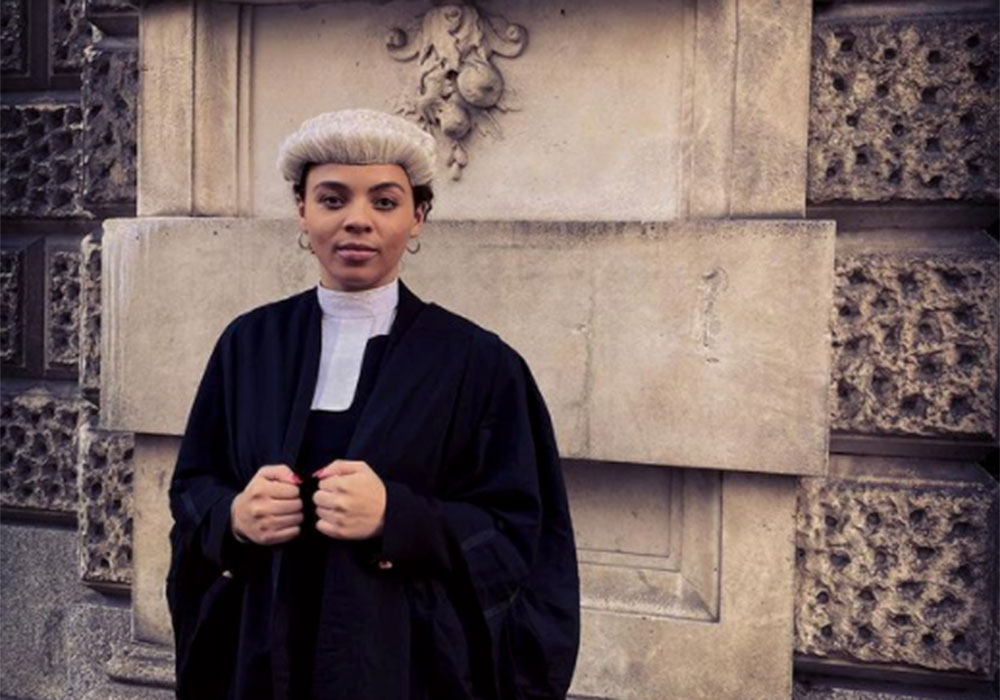 "I'm a Black barrister working in a broken justice system"
"I'm a Black barrister working in a broken justice system"Alexandra Wilson is a 26-year-old barrister speaking out about sexism, racism and class inequality at the very heart of the legal system. She shares her disturbing experiences, and why activism will make a difference.
By Alexandra Wilson
-
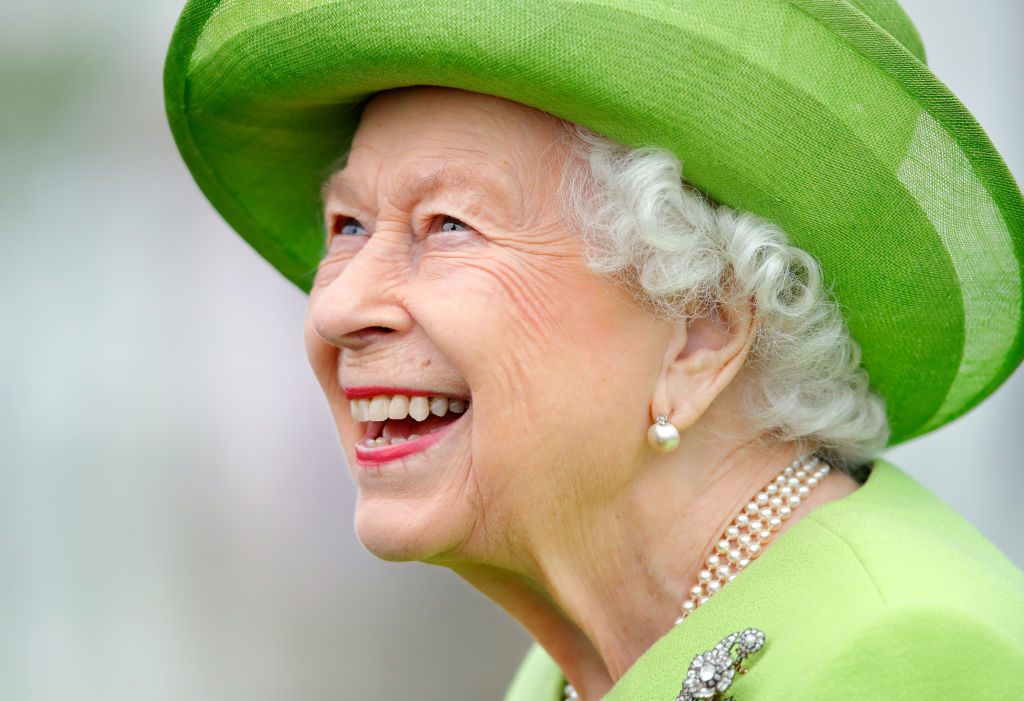 Feeling sad this week? Learn about the 5 steps of grief, plus how to avoid it consuming you
Feeling sad this week? Learn about the 5 steps of grief, plus how to avoid it consuming youAs the nation mourns Her Majesty The Queen.
By Ally Head
-
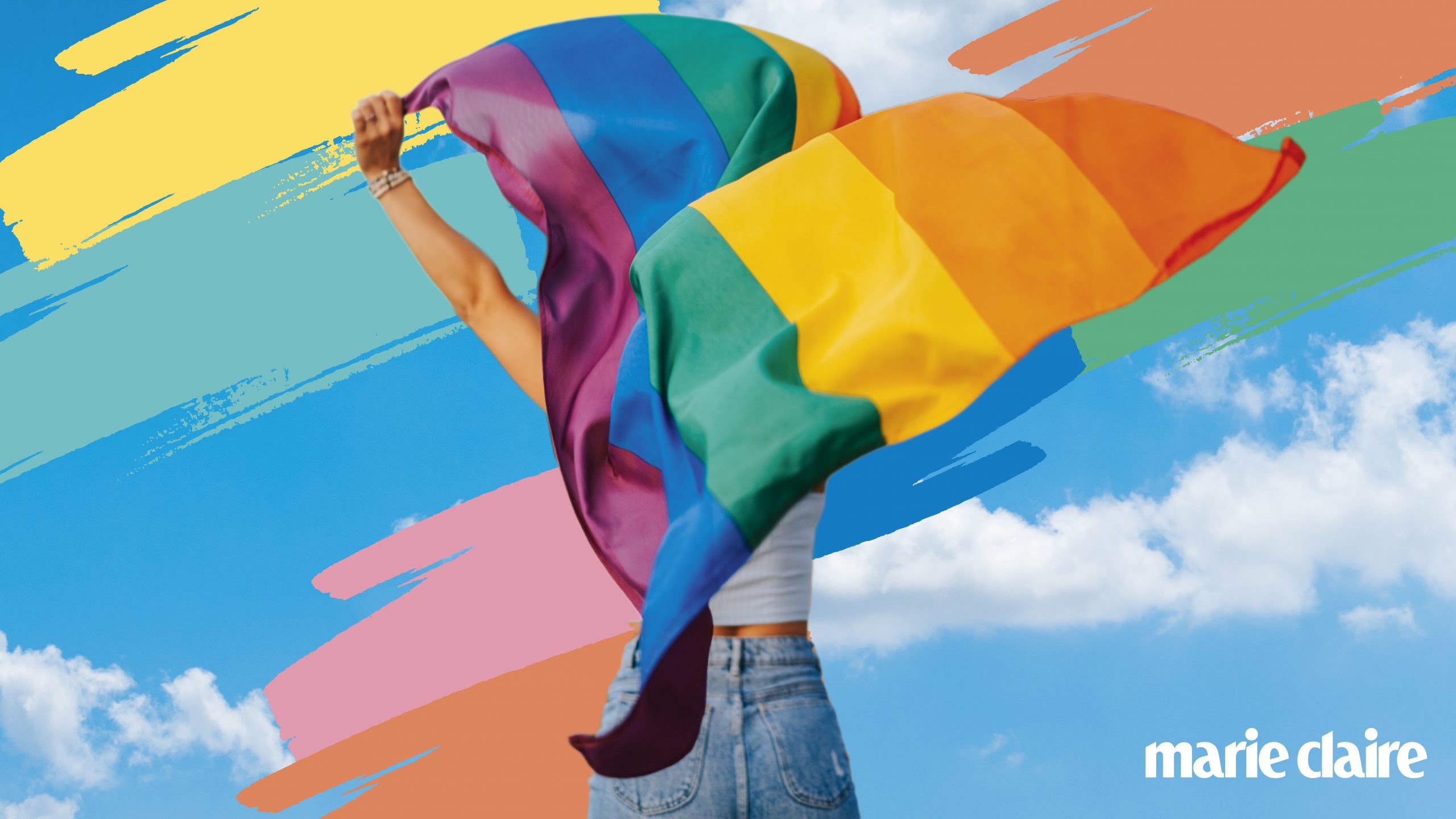 Pride events: 7 IRL and virtual celebrations to add to your calendar for 2021
Pride events: 7 IRL and virtual celebrations to add to your calendar for 2021Ready to celebrate?
By Rosie Grant
-
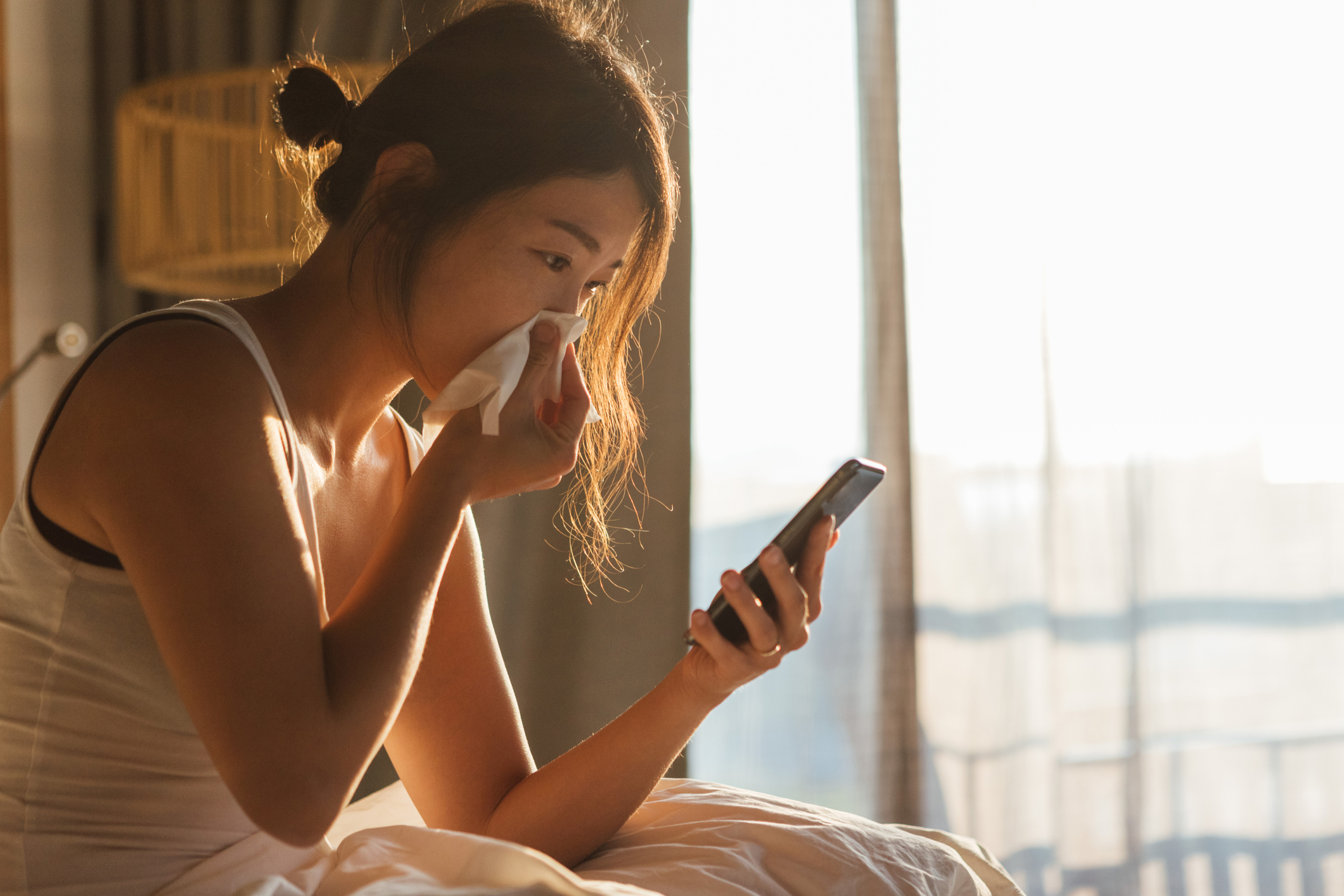 Coronavirus versus cold symptoms: How to know whether you've got COVID 19 or a common cold
Coronavirus versus cold symptoms: How to know whether you've got COVID 19 or a common coldThis is important. Read guidance from the experts now.
By Ally Head
-
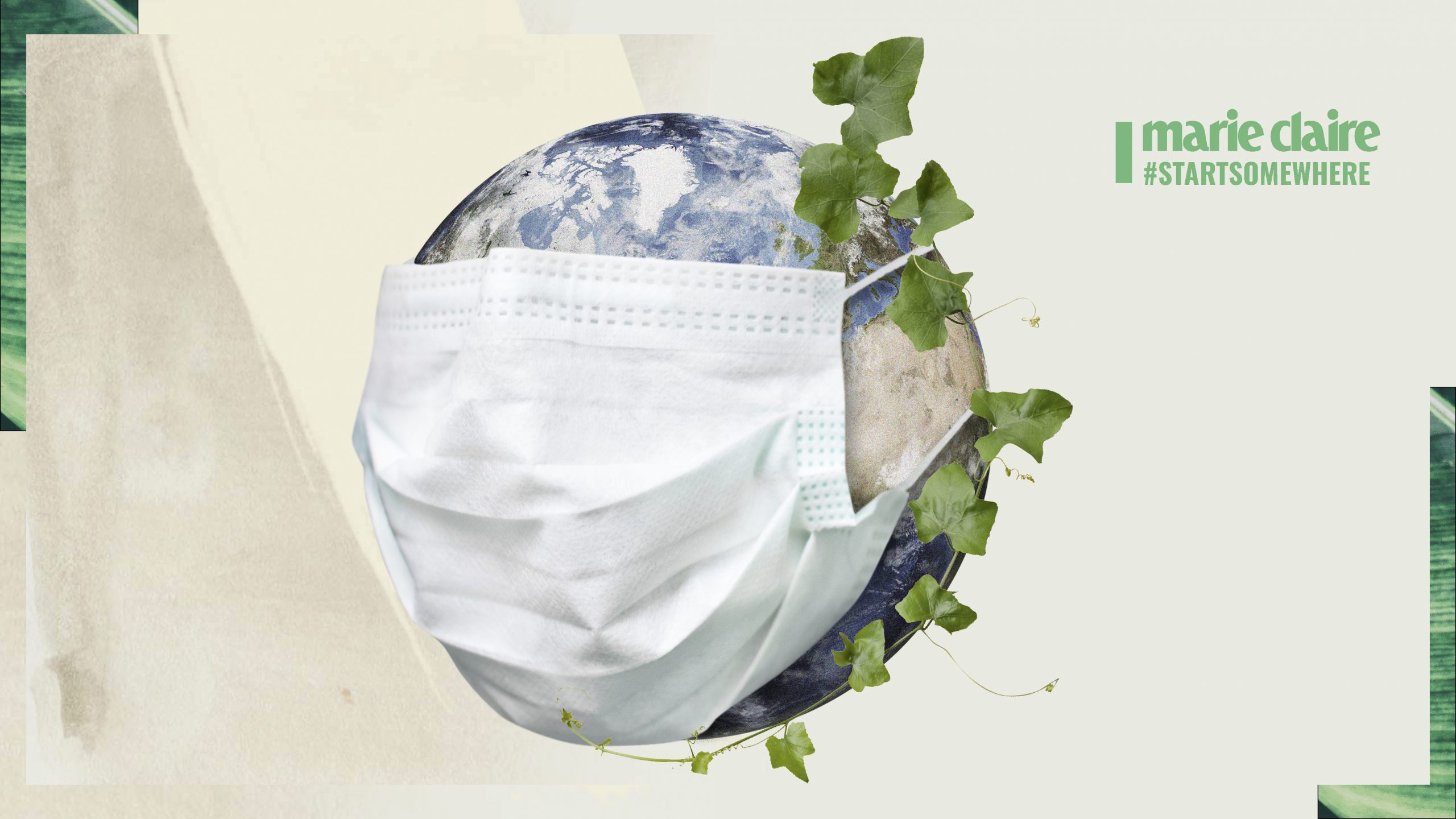 How COVID-19 made us forget our morals on plastic
How COVID-19 made us forget our morals on plasticPre-pandemic, we cared about our habits of plastic use. Lockdown changed all that - but it's not too late to continue the fight
By Olivia Adams
-
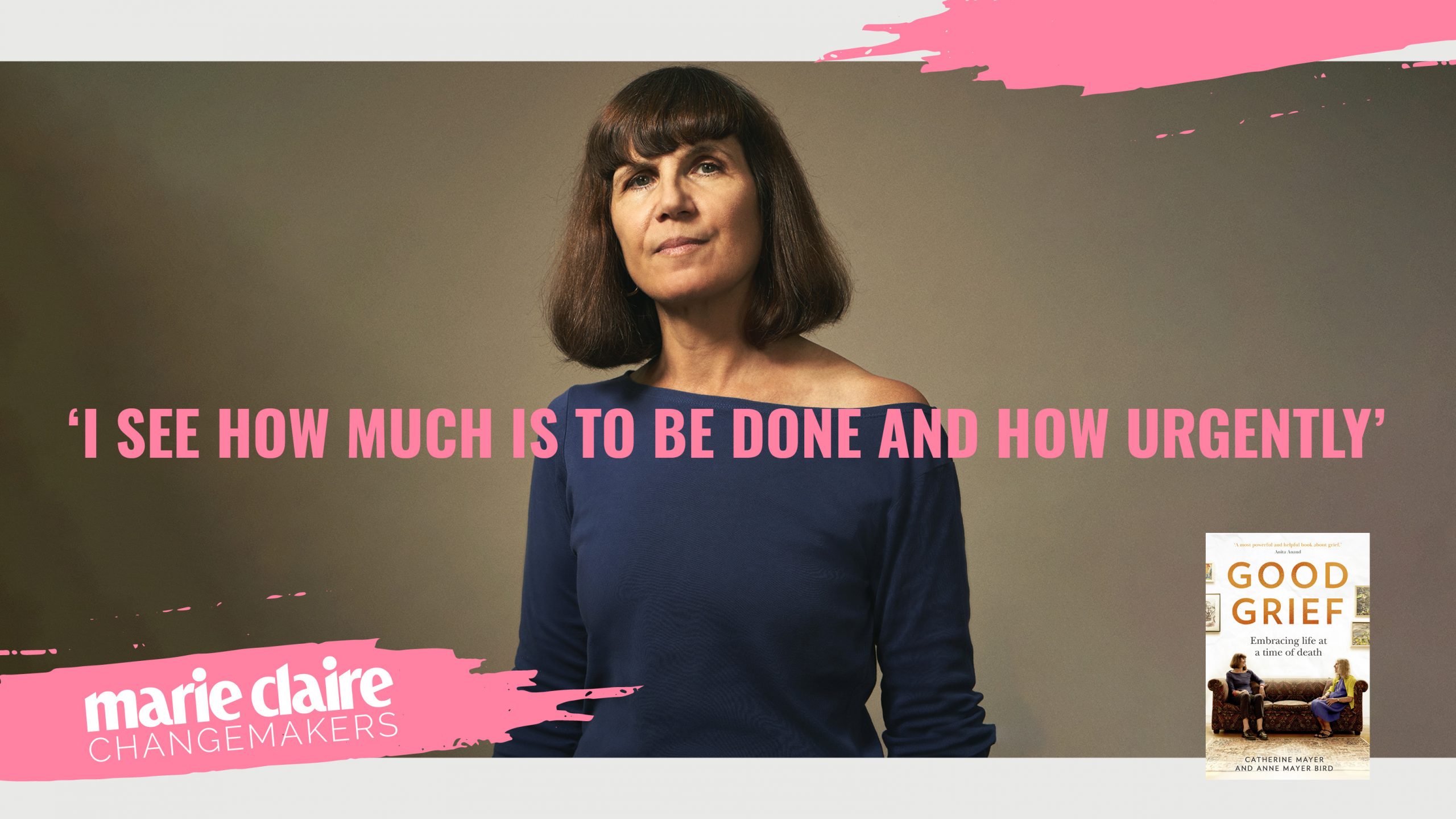 Catherine Mayer on women's rights: 'I see how much is to be done and how urgently'
Catherine Mayer on women's rights: 'I see how much is to be done and how urgently'Co-founder of the Women's Equality Party, Catherine Mayer, was married to influential musician Andy Gill until his death in Feb 2020. This International Women's Day, Mayer shares with affecting honesty how grief adds clarity to her life-affirming activism
By Maria Coole
-
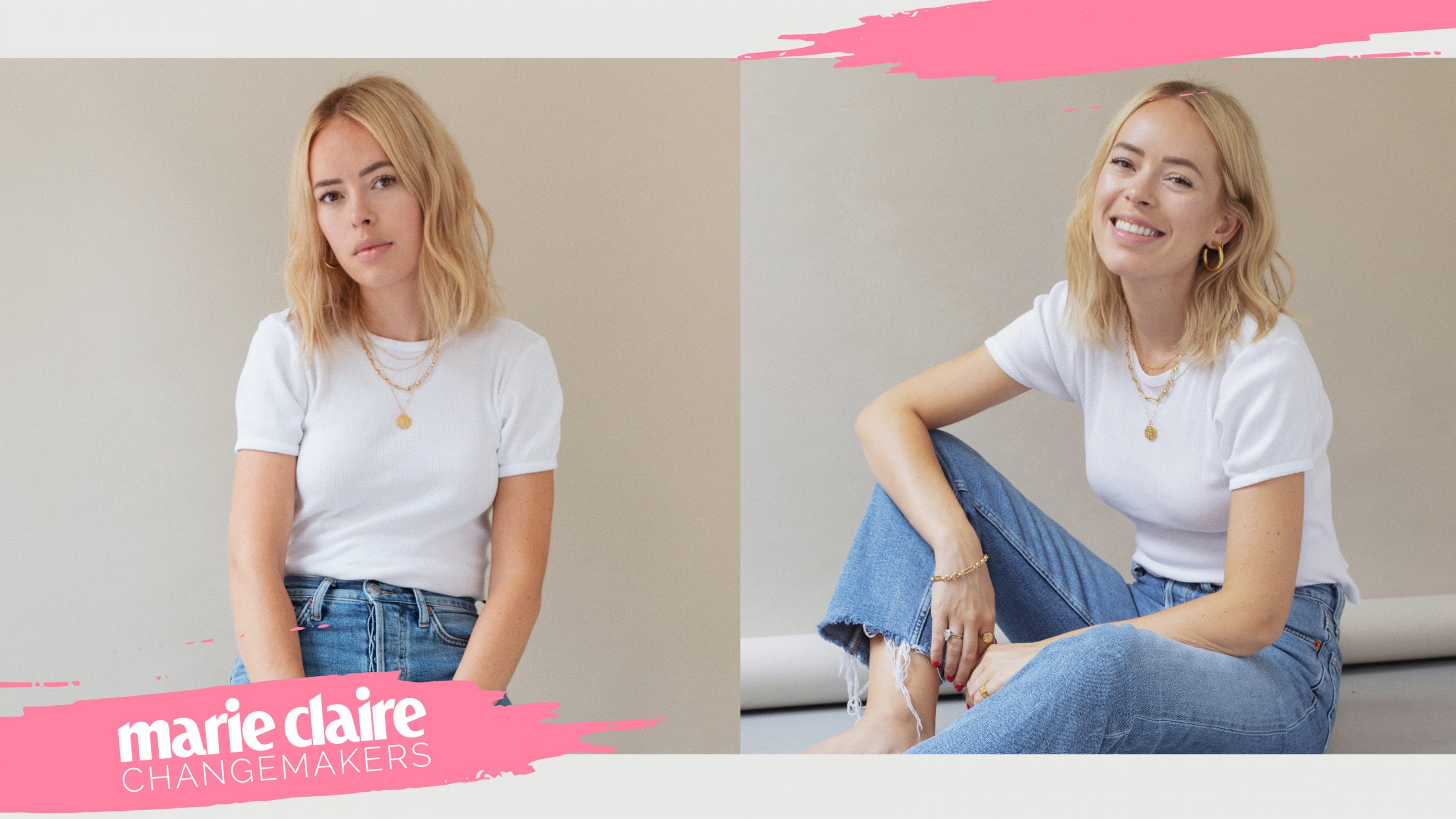 Tanya Burr shares her top 6 resources for educating yourself - and growing - this IWD
Tanya Burr shares her top 6 resources for educating yourself - and growing - this IWDThe theme of this International Women's Day is Choose to Change - let Tanya help you become a change-maker with her top resources.
By Ally Head
-
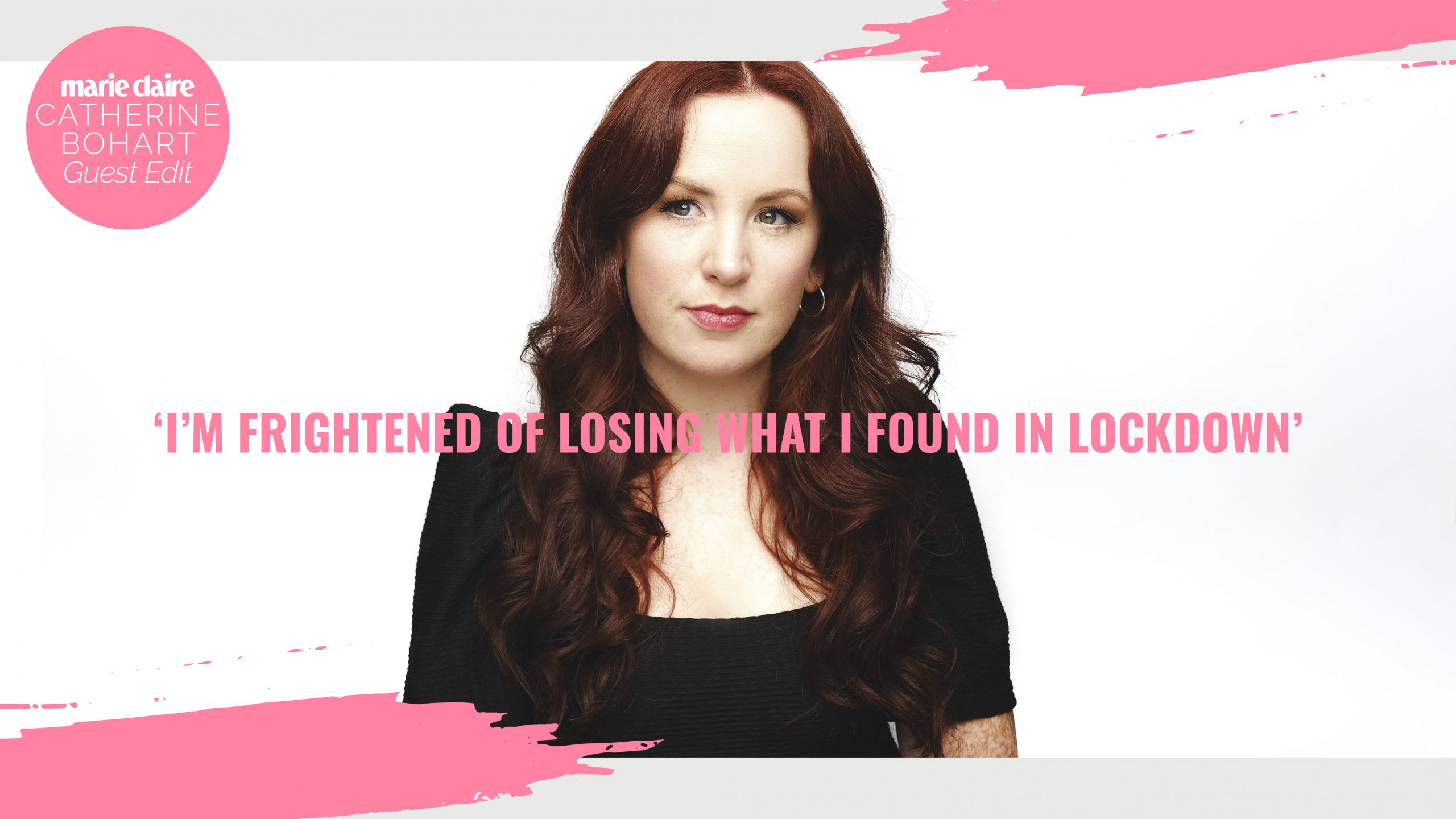 Catherine Bohart: 'I’m frightened of losing what I found in lockdown'
Catherine Bohart: 'I’m frightened of losing what I found in lockdown'Award-winning writer and comedian Catherine Bohart shares what her own lockdown mental health journey helped her discover
By Sophie Goddard